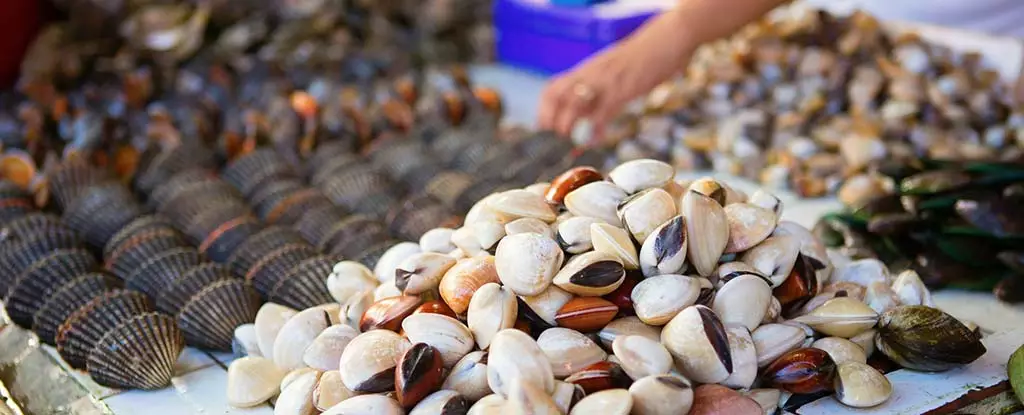The Philippines is renowned for its rich biodiversity and thriving seafood industry, contributing over four million tonnes of seafood globally and ranking as the 11th largest seafood producer in the world. This significant output has traditionally been a source of economic stability and sustenance for countless coastal communities. Yet, a recent discovery has raised alarms regarding the safety of seafood products sourced from the waters surrounding this archipelago, particularly concerning the presence of toxic diatoms.
Diatoms, microscopic algae characterized by their unique glass-like silica shells, play an essential role in the marine ecosystem. These single-celled organisms are pivotal in sustaining the marine food web and contribute significantly to oxygen production on our planet—up to half of Earth’s oxygen comes from such phytoplankton. However, among the vast variety of diatoms, some species, specifically those in the genus Pseudo-nitzschia, produce a harmful neurotoxin known as domoic acid. This particular toxin is known for its capacity to accumulate in shellfish and other marine organisms, posing potential health risks to humans who consume contaminated seafood.
The risk associated with domoic acid is not merely theoretical. Historical incidents, such as the tragic event in 1987 on Canada’s Prince Edward Island, serve as stark reminders of the dangers presented by contaminated shellfish. When ingesting seafood laden with this toxin, consumers can experience a range of severe symptoms, from gastrointestinal distress to severe cognitive impairments like memory loss. Such incidents underscore the urgency of monitoring and managing toxin-producing algal blooms effectively.
The Specific Threat in Philippine Waters
Recent studies conducted by researchers from Ateneo de Manila University and Universiti Malaysia Sarawak have detected the presence of dangerous diatoms in shellfish sourced from marine farms off Luzon Island—one of the most densely populated regions in the Philippines. Alarmingly, the research identified strains of Pseudo-nitzschia pungens and Pseudo-nitzschia brasiliana, both known for their toxic capabilities, in samples from two notable locations: Sotto’s Tahong Farm, a primary supplier of mussels to Manila, and Pagbilao Bay, home to naturally occurring slipper oysters.
For the first time, the species Pseudo-nitzschia brasiliana was documented in Luzon waters, specifically from the Pagbilao Bay sample. This significant finding highlights not only the potential risk to public health but also the necessity for expanded monitoring of water quality in these fishing regions. As climate change and human activities further promote algal blooms globally, the implications for food safety and marine health are profound.
The new findings necessitate an enhanced response from local seafood producers and regulatory entities. Continuous monitoring of algal populations, particularly those producing domoic acid, is crucial for averting future health crises. Effective strategies must be put in place to ensure seafood safety, including routine water testing and public awareness campaigns about the risks associated with harmful algal blooms.
Furthermore, researchers recommend that local aquaculture and fisheries adopt practices from other regions that have successfully managed similar threats. Countries with established monitoring systems for Pseudo-nitzschia blooms have been able to minimize contamination cases, suggesting that a proactive approach can significantly alleviate risks in the Philippines.
As the Philippines continues to rely heavily on its fishing industry for economic and nutritional needs, the importance of safeguarding seafood safety cannot be overstated. The new research findings are not just scientific observations; they represent a call to action to protect the health of coastal communities and the integrity of a food source that many depend upon. Only through rigorous monitoring and collaborative efforts can we mitigate the risks posed by toxic diatoms and ensure the generational sustainability of one of the country’s most vital resources. Fostering a culture of awareness and responsibility is essential in navigating the challenges posed by our ever-evolving marine ecosystems, thus securing a healthier future for both people and the seas they rely upon.


Leave a Reply